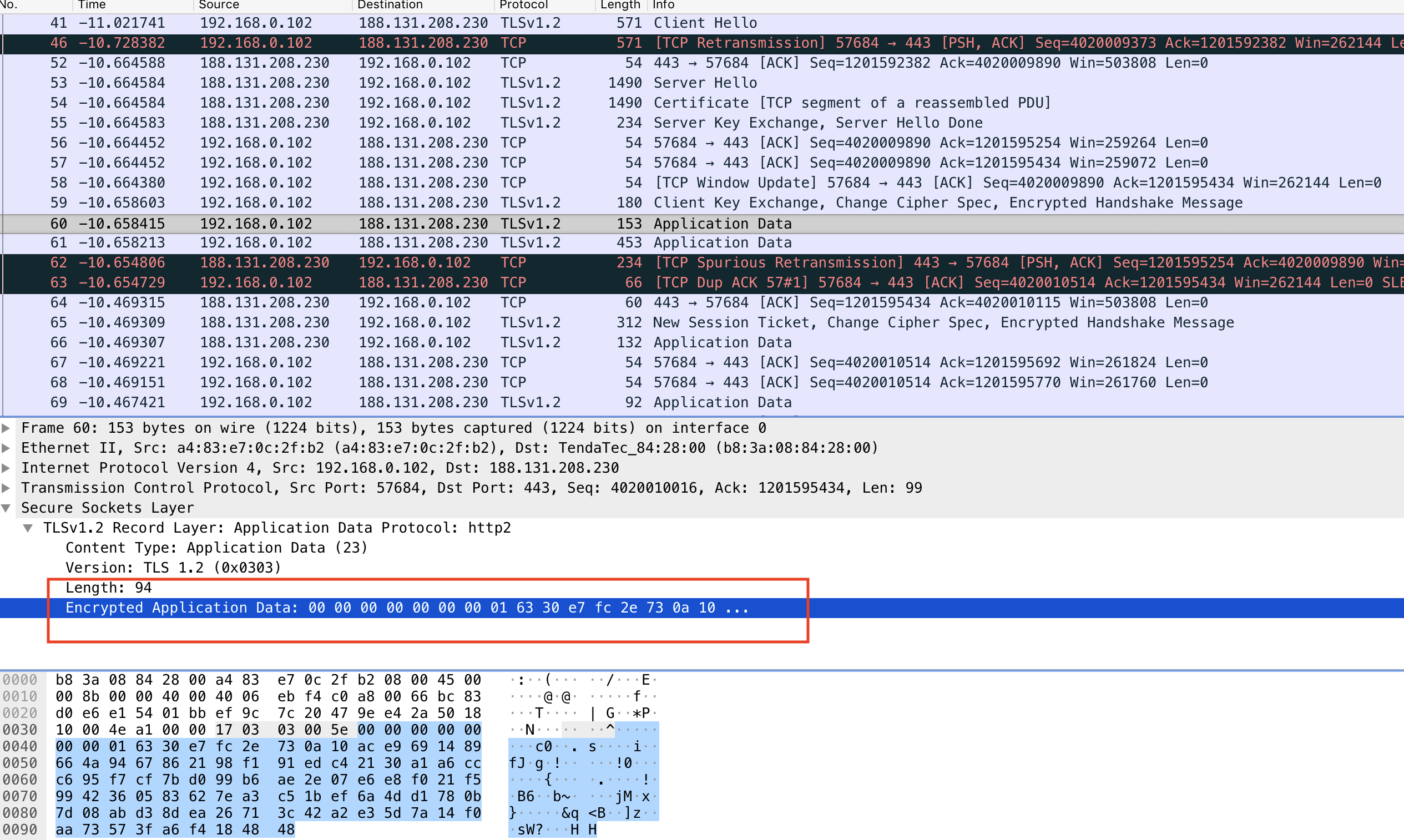

Objects are simply files (such as graphic files, Java applets, and sound clip files). The browser sends an HTTP request message to the server for the objects contained in the Web page, and the server accepts the request and responds with an HTTP response message containing these objects.

Web server is used to store Web objects, each object is addressed by URL, and Web client usually refers to browser. The protocol defines the format of these messages and how the client and server exchange messages. The HTTP protocol is implemented by two parts of the program: a client program and a server program. The application layer protocol of the Web is the Hypertext Transfer Protocol HTTP. By inspecting the raw data in the packet content window, do you see any headers within the data that are not displayed in the packet-listing window? If so, name one.This article briefly introduces the theoretical knowledge of the Web application layer protocol, describes in detail the meaning of each field of the HTTP request message and the response message, and selects HTTP related messages from the Wireshark capture packet for analysis. 128 bytes of content are being returnedħ.How many bytes of content are being returned to your browser? The file was last modified on Wednesday, Februat 01:04:01 GMTĦ.When was the HTML file that you are retrieving last modified at the server? What is the status code returned from the server to your browser?ĥ.

The IP address of my computer is 10.36.40.181.What is the IP address of your computer? Of the gaia.cs. server? My browser indicates that it will accept English-US and English languages from the serverģ.What languages (if any) does your browser indicate that it can accept to the server? The server is also running http version 1.1Ģ.Is your browser running HTTP version 1.0 or 1.1? What version of HTTP is the server running? Step 2: Only capture http by using the filterġ. Step 1: Start browser and Wireshark on correct interface The following is a video of the lab running:


 0 kommentar(er)
0 kommentar(er)
